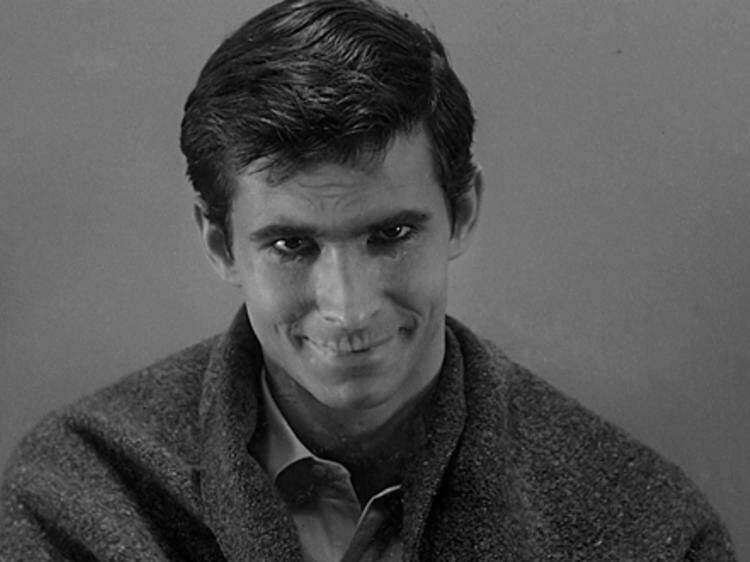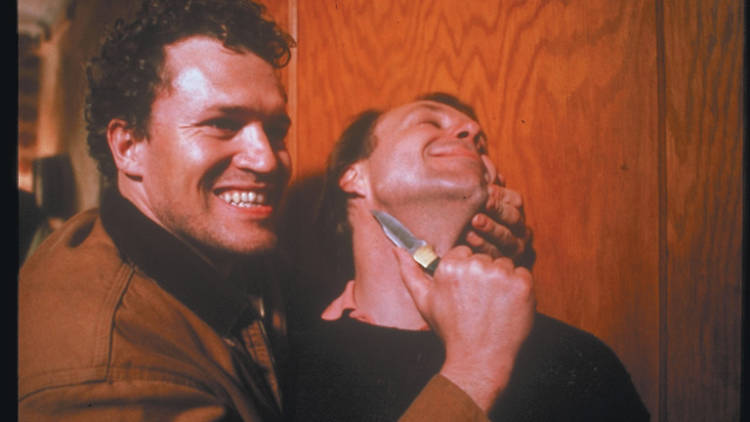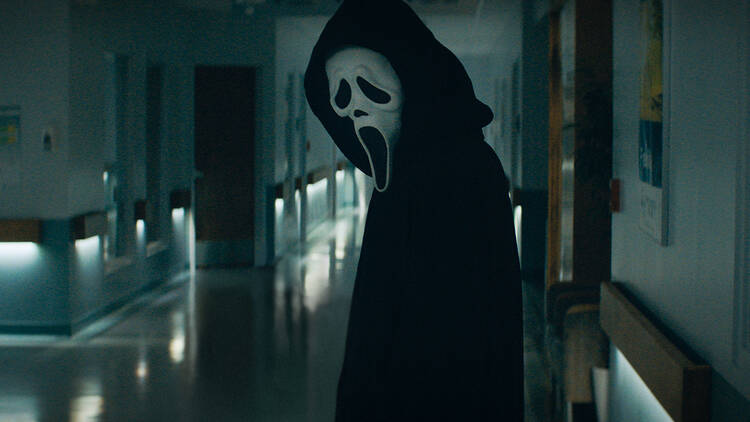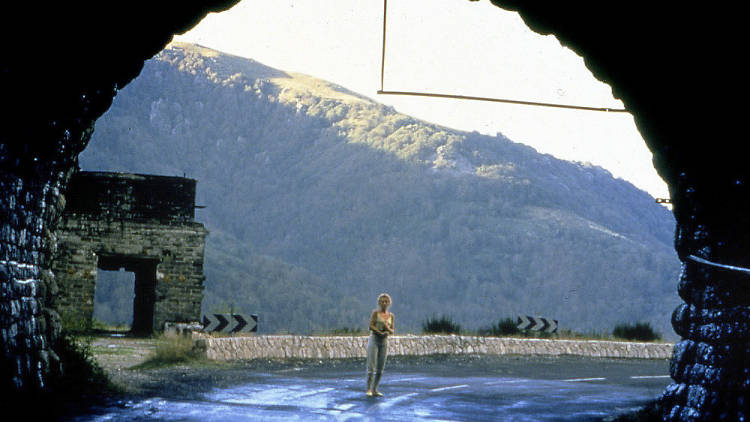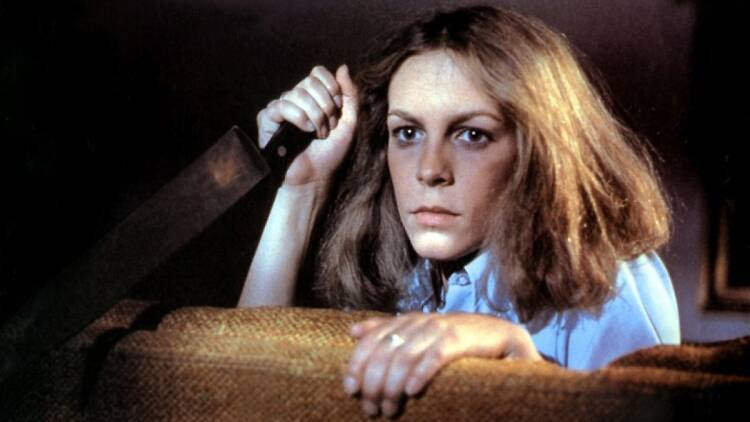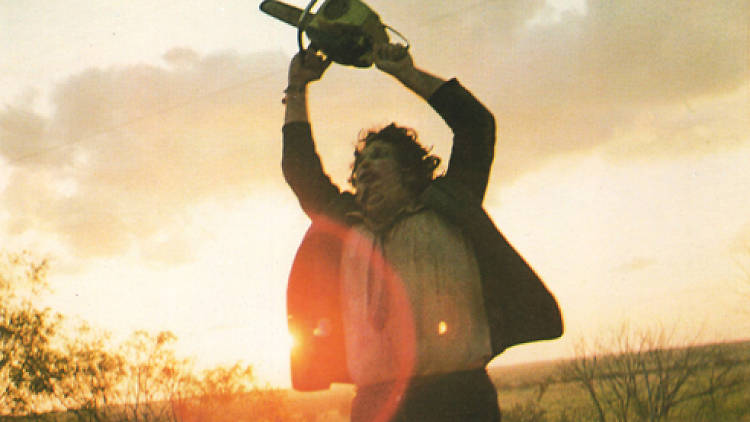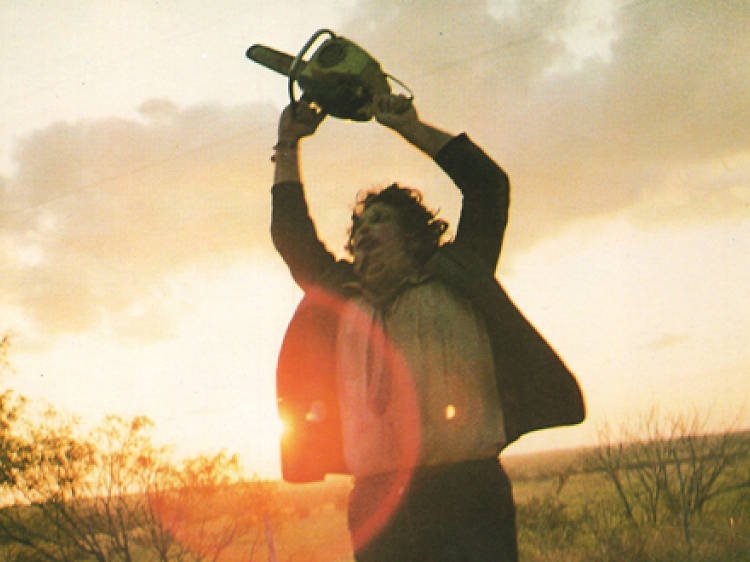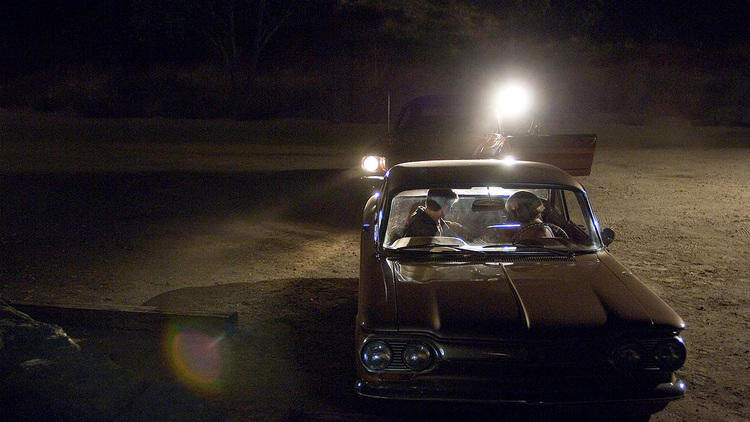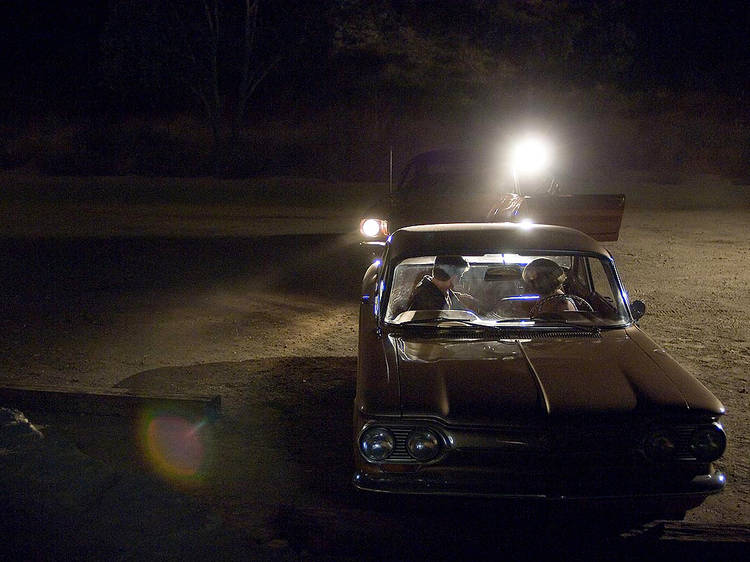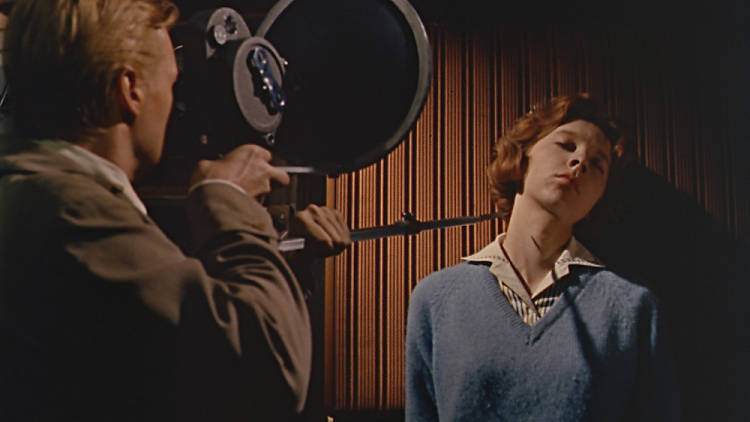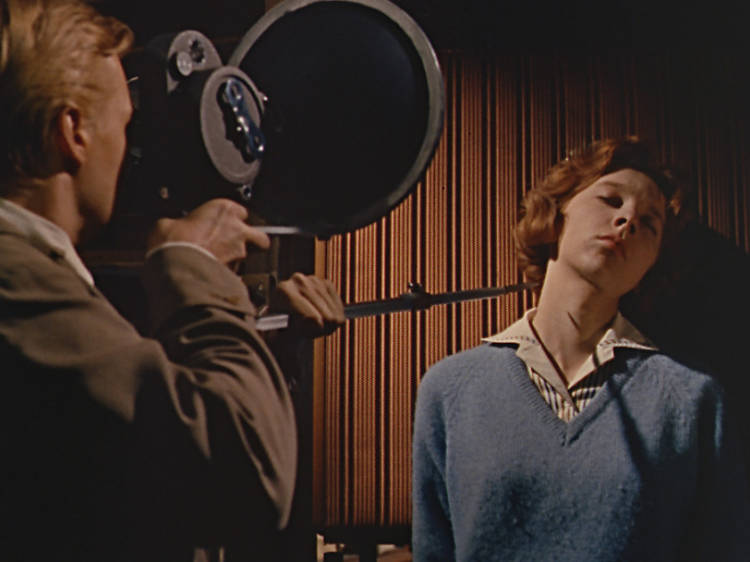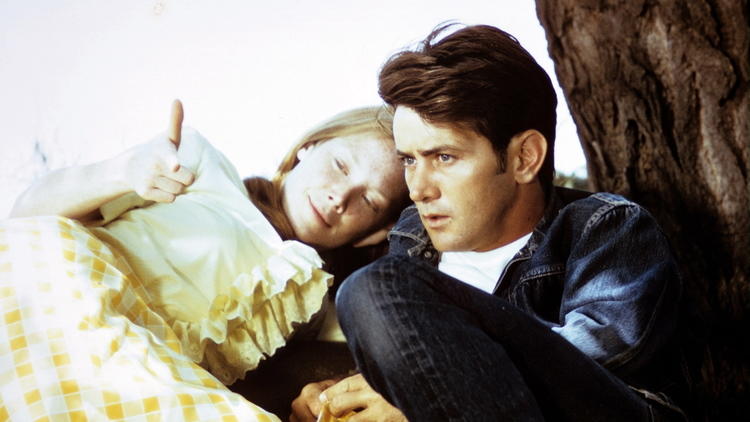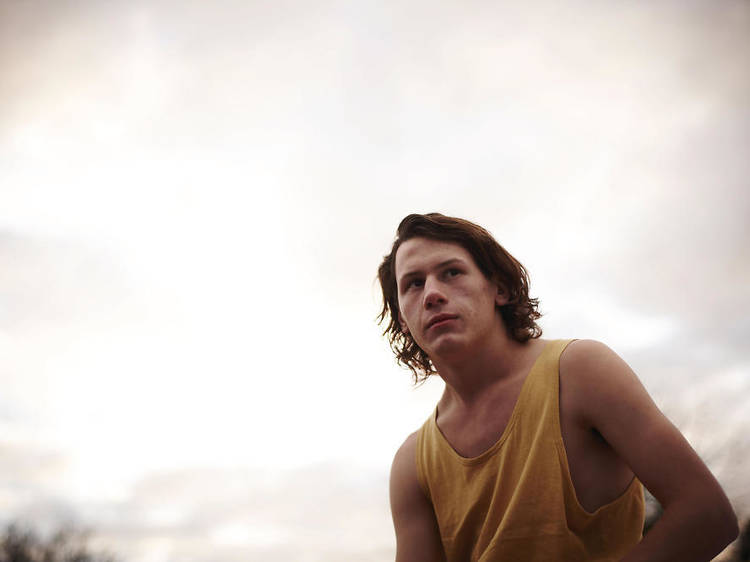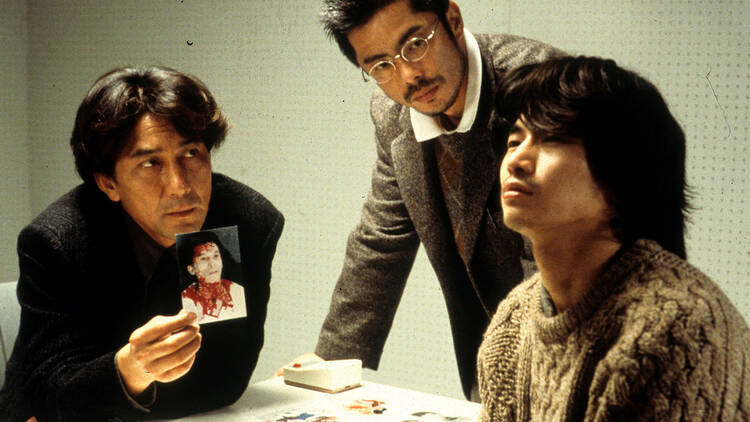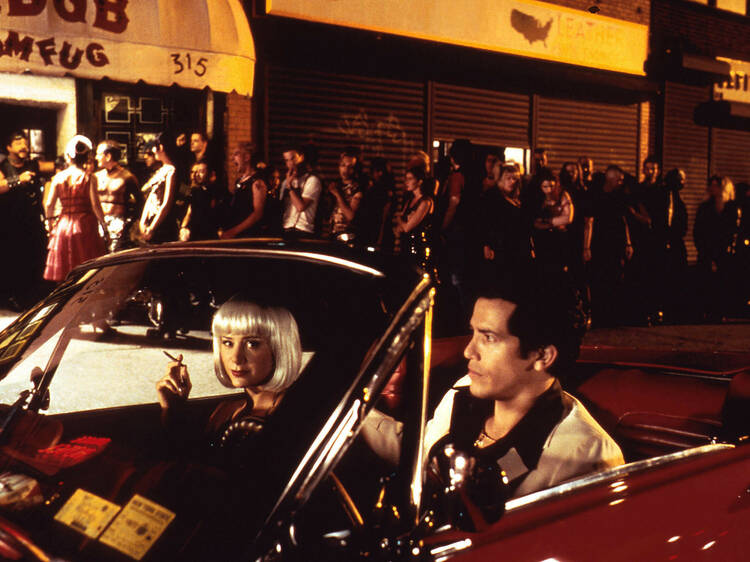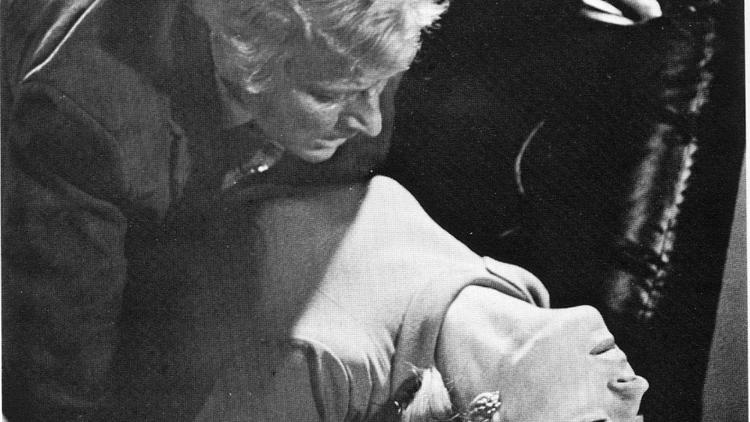What’s left to say about Alfred Hitchcock’s masterpiece that hasn’t already been said a dozen times over? It’s the movie that cut the ribbon – via a downward slashing motion – on 1960s filmmaking, breaking damn near every established taboo of the previous decades, from violence to sex, to plotting, to showing a toilet in use. It helped invent the slasher flick, anticipated the splatter film and elevated horror to high art. It’s spawned innumerable imitators and parodies, some subpar sequels, a TV spinoff, a biopic, a documentary and a shot-for-shot remake. If there’s anything ‘new’ to say about Psycho, perhaps it’s that the movie’s far-reaching impact has come to obscure the Anthony Perkins performance at the centre – it’s impossible to imagine anyone else as Norman Bates, and the film casting such a long shadow without him.
Monsters abound in movies, but none frighten quite like the serial killer. After all, zombies, vampires and interdimensional demons are figments of our imaginations, or representations of deep human fears made flesh. But serial killers are real. Senseless, random murders happen all the time, and the culprit isn’t a supernatural force or thing from another planet. Quite literally, it can be the person living right next door.
And so, the question is: why do audiences flock to serial killer movies? Why spend the hours of your life you reserve for entertainment immersed in the darkest corners of the human psyche? Maybe it helps assure our own humanity. Maybe it’s simply to stare into the moral abyss. Or maybe it’s because the best serial killer movies try to tell us something about what creates a serial killer. In putting together this list, we’ve paid attention to movies that probe the conditions which, for a certain vulnerable person, can strip all value from a human life. Some might be considered horror movies, others as noirs or procedurals. All of them will leave you shaken.
Recommended:
🩸 The 15 scariest horror movies based on true stories
💣 The 100 best thrillers of all time
😱 The 100 best horror movies of all time
🕵️ The 40 best murder-mystery movies



